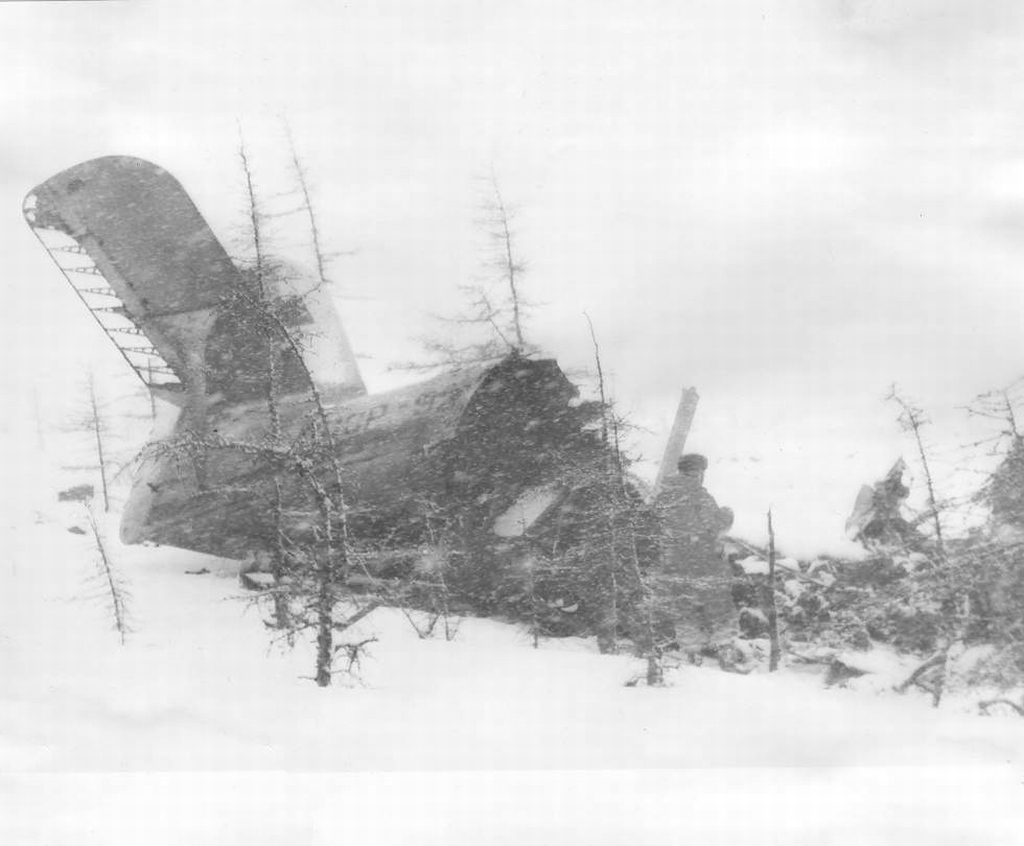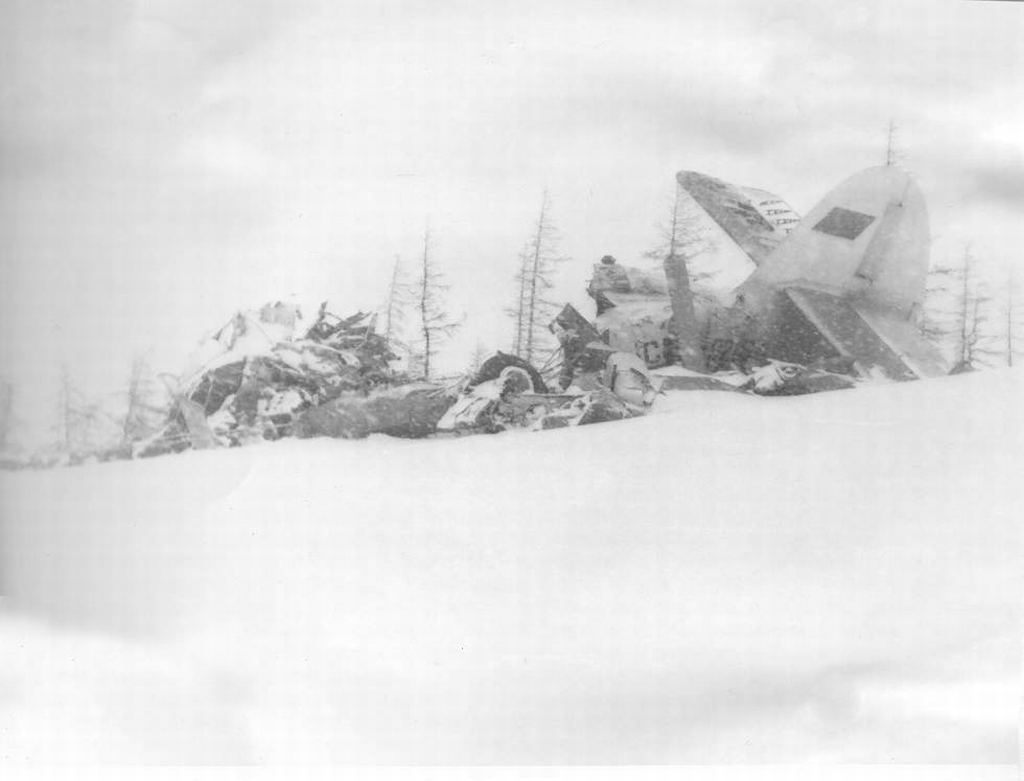Crash of a PZL-Mielec AN-2TP near Lazo: 12 killed
Date & Time:
Apr 28, 1981 at 1231 LT
Registration:
CCCP-92864
Survivors:
No
Schedule:
Batagay - Lazo
MSN:
1G53-16
YOM:
1965
Flight number:
SU347I
Crew on board:
2
Crew fatalities:
Pax on board:
10
Pax fatalities:
Other fatalities:
Total fatalities:
12
Aircraft flight hours:
13125
Circumstances:
The single airplane departed Batagay on a schedule service to Lazo with 10 passengers and two pilots on board. En route, the crew encountered poor weather conditions with low visibility and icing conditions. While cruising in low clouds at an altitude of 860 meters, the airplane struck the slope of a mountain located in the region of Lazo. The aircraft was destroyed upon impact and all 12 occupants were killed.
Probable cause:
It was determined that weather conditions were slightly worse than forecast. The crew took the decision to continue the flight into a visibility that was below minimums when no visual contact with ground could be established. The copilot had a blood alcohol level of 1‰ which may have influenced his decisions and capabilities.


